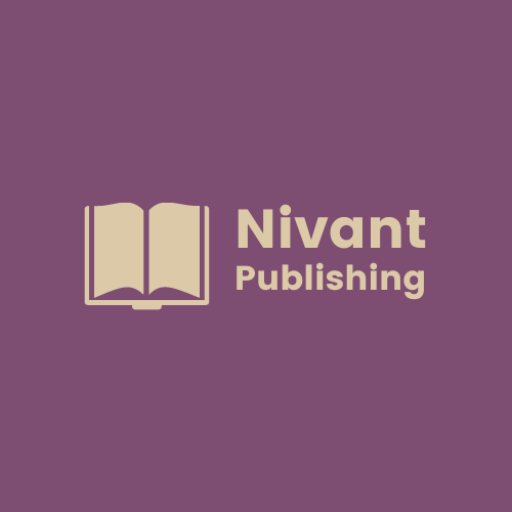From Fact to Fiction: Harnessing the Power of Research in Your Writing
Research is the backbone of any well-crafted piece of writing, whether it’s fiction or non-fiction. It provides the foundation upon which authors build their narratives, characters, and worlds. By delving into various sources of information, writers can enrich their work with authentic details, historical accuracy, and a deeper understanding of their chosen subject matter.
Moreover, research serves as a wellspring of inspiration, often leading writers down unexpected paths and sparking new ideas. It can breathe life into a story, adding layers of complexity and nuance that might otherwise be missing. By investing time and effort into thorough research, authors demonstrate their commitment to their craft and respect for their readers, ultimately creating more engaging and memorable works.
Tips for Conducting Effective Research for Your Writing
When embarking on the research journey, it’s essential to cast a wide net and explore diverse sources of information. Begin by identifying reputable books, academic journals, and online databases relevant to your topic. Don’t limit yourself to written materials; consider conducting interviews with experts, visiting locations pertinent to your story, or even experiencing firsthand activities related to your subject matter.
Organization is key to effective research. Develop a system for cataloging your findings, whether it’s through digital note-taking apps, physical notebooks, or a combination of both. As you gather information, maintain a critical eye and cross-reference sources to ensure accuracy.
Remember that research is an ongoing process, and be prepared to revisit and expand your knowledge base as your writing progresses.
Turning Facts into Compelling Fiction: The Art of Blending Research with Imagination
The true magic of writing lies in the ability to transform raw facts into captivating narratives. This process requires a delicate balance between adhering to factual information and allowing your imagination to soar. Start by identifying the key elements from your research that will serve as the foundation for your story.
These might include historical events, scientific concepts, or cultural practices. Once you have established this factual framework, begin to weave in fictional elements that complement and enhance the research-based aspects of your writing. Create characters whose experiences and perspectives bring the facts to life, and develop plotlines that showcase the real-world information you’ve gathered.
The goal is to seamlessly integrate research and imagination, creating a narrative that is both informative and engaging.
Avoiding Common Pitfalls When Incorporating Research into Your Writing
One of the most common mistakes writers make when incorporating research into their work is information overload. It’s tempting to include every fascinating detail uncovered during the research process, but this can overwhelm readers and detract from the story’s flow. Instead, focus on selecting the most relevant and impactful information that serves the narrative’s purpose.
Another pitfall to avoid is sacrificing the story’s pacing for the sake of showcasing research.
While it’s important to provide accurate details, be mindful of how much information you’re presenting at once. Integrate research seamlessly into the narrative, allowing it to enhance rather than overshadow the plot and character development.
Additionally, be wary of using overly technical language or jargon that might alienate readers unfamiliar with the subject matter.
The Role of Research in Creating Authentic and Believable Characters and Settings
Research plays a crucial role in developing authentic characters and vivid settings that resonate with readers. When creating characters, delve into the historical, cultural, and social contexts that would shape their personalities, beliefs, and behaviors. This might involve studying psychological profiles, exploring specific professions, or examining the customs and traditions of a particular time and place.
For settings, thorough research can transport readers to another world, whether it’s a bustling medieval city or a futuristic space colony. Pay attention to sensory details, such as the sights, sounds, and smells that would be present in your chosen setting. Investigate the architecture, climate, and geography of the area to create a rich and immersive backdrop for your story.
By grounding your characters and settings in well-researched details, you’ll create a more believable and engaging narrative.
Leveraging Research to Enhance the Emotional Impact of Your Writing
Understanding Human Emotions
Study the effects of trauma, joy, fear, and other intense emotions to accurately portray your characters’ inner worlds.
Tapping into Universal Experiences
Furthermore, research can help you tap into universal human experiences and cultural touchstones that evoke strong emotional reactions in readers. Explore historical events, societal issues, or personal anecdotes that relate to your story’s themes.
Creating a Deeper Connection
By incorporating these well-researched elements, you can create a deeper connection between your narrative and your audience, eliciting powerful emotional responses and leaving a lasting impact.
Balancing Accuracy and Creativity: Finding the Sweet Spot in Research-Driven Writing
Striking the right balance between factual accuracy and creative liberty is a challenge that all writers face when incorporating research into their work. While it’s important to respect the facts and maintain credibility, it’s equally crucial to allow room for imagination and artistic interpretation. One approach is to establish a clear set of guidelines for yourself regarding which aspects of your story must adhere strictly to factual information and which areas allow for more creative freedom.
Remember that the ultimate goal is to create a compelling narrative that engages and entertains readers. Use research as a tool to enhance your story, not as a constraint that limits your creativity. When in doubt, consider the impact of a particular detail on the overall narrative.
If a slight deviation from historical fact or scientific accuracy serves the story better and doesn’t fundamentally alter the truth, it may be worth taking that creative liberty. The key is to make informed decisions about when to prioritize accuracy and when to let your imagination take the lead.






0 Comments